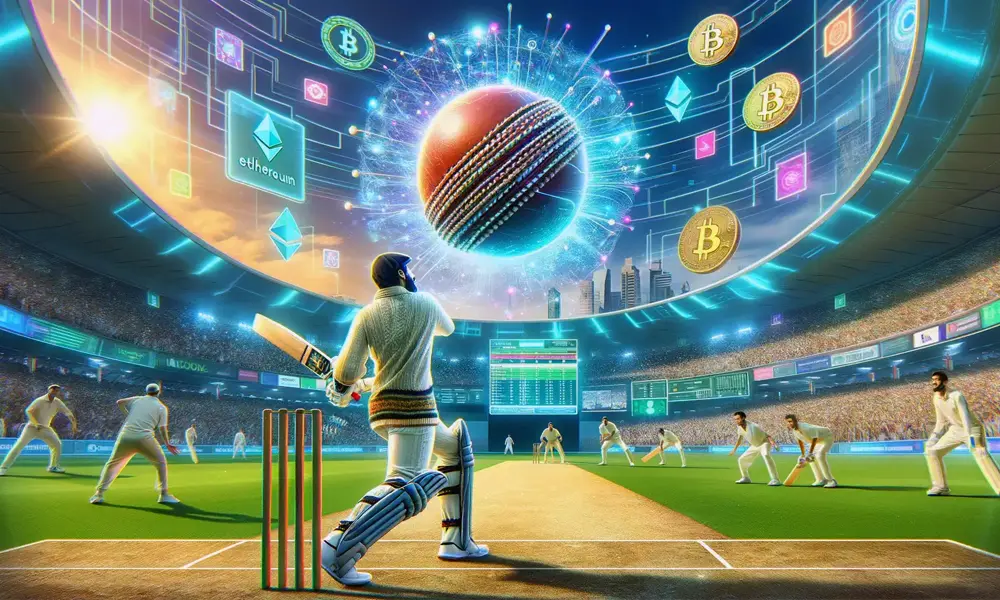Cricket and Technology: Revolutionizing the Game with Hawkeye to Hotspot

Cricket, once a sport steeped in tradition, has embraced technological advancements that have revolutionized how the game is played, officiated, and experienced by fans worldwide. From the introduction of Hawk-Eye to the advent of Hotspot, these innovations have not only enhanced the accuracy of decision-making but also enriched the spectator experience, ushering in a new era of precision and insight into the sport.
Hawk-Eye: Enhancing Decision-Making
Hawk-Eye stands as one of the most significant technological innovations in cricket. Initially introduced to aid umpires in making LBW (Leg Before Wicket) decisions, Hawk-Eye utilizes multiple cameras and computer algorithms to track the trajectory of the ball. This technology provides real-time visualizations of the ball's path, predicting where it would have gone had it not been obstructed by the batsman. This innovation has significantly reduced controversies surrounding LBW decisions, offering players and fans alike a clearer understanding of pivotal moments in matches.
Hotspot: Detecting the Invisible
Hotspot technology has transformed how cricket handles instances where bat and ball interactions are difficult to discern with the naked eye. Using a series of infrared cameras positioned strategically around the field, Hotspot captures thermal images that highlight friction generated by the collision between bat and ball. This allows umpires to determine with greater certainty whether the ball has made contact with the bat, aiding in decisions related to catches, edges, and dismissals. Hotspot has become indispensable in resolving contentious on-field disputes, ensuring fair play and maintaining the integrity of the game.
Snickometer: Sound Waves in Action
Snickometer, often used in conjunction with Hotspot, uses sensitive microphones to detect minute sounds created when the ball grazes the edge of the bat or pad. This technology analyzes sound waves generated at the moment of contact, providing audio-visual evidence to support umpires' decisions regarding catches and dismissals. Snickometer has become a vital tool in cricket broadcasting, offering viewers an enhanced understanding of the intricacies involved in determining whether a player is out or not.
Real-Time Data and Analytics
Beyond aiding umpires, technology has empowered teams and analysts with real-time data and analytics. Advanced cameras and sensors capture every detail of a player's performance, from speed and trajectory of deliveries to the movement and positioning of fielders. This data is analyzed to provide insights into player strategy, strengths, and weaknesses, enabling teams to make informed decisions during matches and optimize training regimes off the field.
The Future of Technology in Cricket
Looking ahead, cricket continues to embrace technological advancements with enthusiasm. Innovations such as player tracking systems, virtual reality simulations, and augmented reality experiences are poised to further transform how the sport is played and consumed globally. These technologies promise to deepen fan engagement, improve player performance, and uphold the integrity of cricket as a sport driven by skill, strategy, and fair play.
Conclusion
In conclusion, the integration of technology in cricket, from Hawk-Eye to Hotspot and beyond, represents a watershed moment in the evolution of the sport. These innovations have not only resolved longstanding controversies but also enhanced the spectacle and strategic depth of cricket matches. As technology continues to evolve, cricket stands at the forefront of innovation, demonstrating its commitment to maintaining the highest standards of accuracy, transparency, and excitement for players and fans alike.

